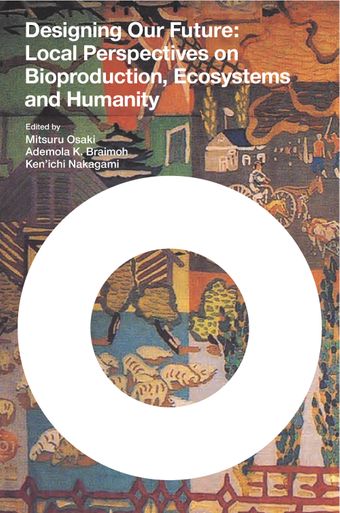- Home
- Books
- Designing our Future
- Chapter
Biogas plants in Hokkaido: Present situation and future prospects

- Authors: Juzo Matsuda and Shiho Ishikawa
- Main Title: Designing our Future , pp 174-183
- Publication Date: October 2013
- DOI: https://doi.org/10.18356/9771a8c0-en
- Language: English
Biogas plants are facilities that consist of a methane fermentation system to treat domestic livestock waste and an energy recovery system. These plants are intended to treat waste mainly in order to convert it into fertilizer and to produce biogas as an alternative fuel to oil. The use of biogas has attracted much attention owing to its ability to reduce carbon dioxide emissions, thus lightening the environmental load. The ability of biogas to decrease carbon dioxide emissions, despite the fact that it emits carbon dioxide itself, is based on the carbon-neutral concept. This means that terrestrial carbon is constantly transferred in a recurrent cycle: pasture grass—cattle—livestock waste—methane gas—carbon dioxide gas—pasture grass. This implies that, in order for biogas to remain carbon neutral, it is necessary to continuously reproduce biomass (pasture grass), which is its source.
© United Nations
ISBN (PDF):
9789210563291
Book DOI:
https://doi.org/10.18356/66aa5f41-en
Related Subject(s):
Economic and Social Development
Sustainable Development Goals:
-
From This Site
/content/books/9789210563291s005-c003dcterms_title,dcterms_subject,pub_keyword-contentType:Journal -contentType:Contributor -contentType:Concept -contentType:Institution105
/content/books/9789210563291s005-c003
dcterms_title,dcterms_subject,pub_keyword
-contentType:Journal -contentType:Contributor -contentType:Concept -contentType:Institution
10
5

